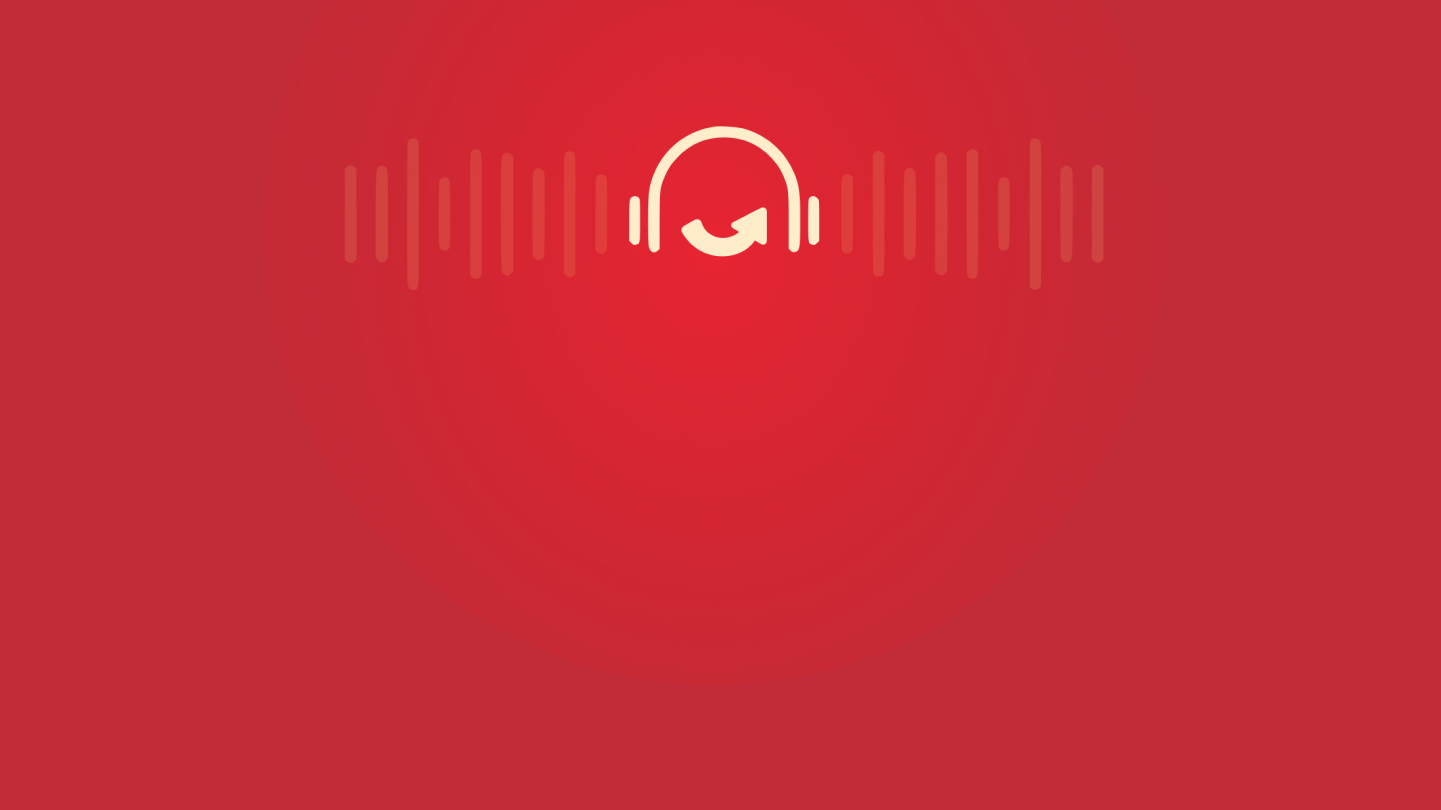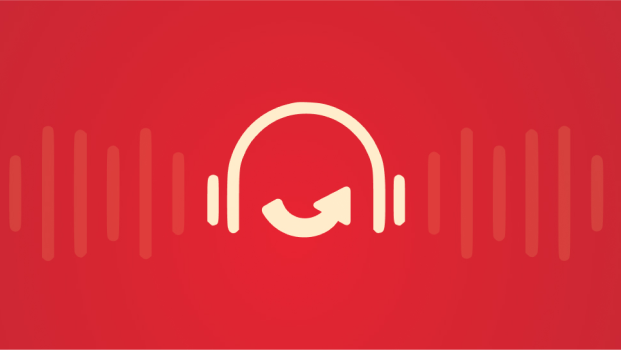Are you thinking about switching to a Subscription Model?
Fail Faster
Episode 425
-22 minutes
This is a super interesting episode with Stacey Maresco, Chief Product Officer at Empowered Education.
We get a glimpse into her remarkable career journey, including her role as an early employee at a startup that achieved explosive growth and her experience with integrating companies after acquisition. Stacey shares how in her role she is helping individuals become health and wellness coaches and functional nutrition counselors. She highlights the power of rapid testing in product development, and the invaluable lessons learned from taking risks in her career. Join us on this inspiring journey of personal and professional growth with Stacey.
Podcast transcript
Vandana: Hey, Stacey, welcome to the Fail Faster podcast. How are you today?
Stacey: I’m doing really well. Very excited to be here. Thank you.
Vandana: We’re excited to have you as well. It’s a pleasure. Let’s begin the podcast, Stacey, by introducing yourselves, giving a little bit of your background to our listeners, please.
Stacey: Yeah, for sure. Well, yeah, thank you again for having me and excited to be here to share a little bit about my experience with your listeners. So, okay, a little bit about me. So I’ve been in education for the past 11 years and have spent most of that time focused on programs that serve adult learners and career changers.
And, you know, as I was reflecting on this, I was thinking back to what really drew me to continuing education and to that specific audience. And I think, you know, it just it takes so much bravery for adults to go back to the classroom and learn something new. I’ve done it. I’m sure you have done it. Many of your listeners have done it. And it’s really intimidating. And so I have just found so much joy working on programs that help support that process and make it as easy and effective as possible.
And on top of that, I just love learning. This is the first podcast I’m doing. I’m learning something new right now by participating in this. So it’s been really fun to be in education. So I was a little just a couple highlights from my career. I was an early employee at a startup called Trilogy Education. And Trilogy was founded back in 2015. And Trilogy at the time partnered with universities to offer technical boot camps. And I was a very early employee at that business. And we went from zero to 100 million in revenue in three years. And so it was, it was wild. It was it was a crazy time in my career.
And then in 2019, we were acquired by 2U. And I ran the integration for Trilogy into the 2U business. So 2U was a public company, Trilogy obviously was private, we were venture backed. And so that was also, you know, another great learning experience to bring those two organizations together. And, then I stayed on for another year. So as a GM for one of our business lines, after leaving 2U I consulted for a little while and then eventually joined Empowered Education where I’m at now as the chief product officer. And I’ll tell you a little bit about EE. Empowered Education is the parent company of two leading health and wellness training brands, the Health Coach Institute and the Functional Nutrition Alliance. And we help train and certify people who want to become health and wellness coaches and functional nutrition counselors.
So it’s in my current role, it’s part of my responsibility to partner with our executive team to develop ways to grow the reach and performance of our brands. And then also to implement a product process that helps our teams prioritize the most important work and then consistently deliver value in each and every sprint. And there’s been a huge learning curve to joining the health and wellness space. But I’ll say it’s been so interesting. It’s been my experience that leaders in this space really practice what they preach. And it’s probably been one of the healthiest places that I’ve ever worked at. And that’s all around, which is great.
Vandana: That is so cool. That is so cool. It’s so it goes a long way to, to, you know, really demonstrate the passion for what you do. And the leaders are also following that. That’s amazing. Yeah. I loved what you said about bravery and going back to education. What are some of the things that you, you know, you kind of make that easy as people are transitioning for, you know, for especially for the older folks? Could you shed some light on that, please?
Stacey: Yeah, for sure. You know, I think with adult learners who decide that, you know, they make that decision to enroll in a program, especially for career changers, many of them, they’re not enrolling in our programs, simply to learn a new skill they’re learning because they’re so tired of doing what they’re doing day in and day out. And they really feel like maybe there’s something more like maybe I could, I could do something more. And because we help people learn these skills in order to then build this thriving business and help other clients change their lives through health and functional nutrition.
It’s really important for adult learners and career changers to help remind them of their original goal, when things start to get really difficult. And so in a product position, there are so many ways to do that across the entire user journey. So one way that we do that in our business is, I mean, I’ll just think I’m thinking about a specific example from the health institute is shortly after a student does make the decision to enroll in our become a health and life program, we have a lot of different opportunities for them to engage with the brand and engage with their learning experience before they get started in the program.
And it’s very typical for people to enroll in a, in an, you know, in a new program, and then have a couple months or have a couple weeks before they get started. And that’s oftentimes where adults start to say, Oh, maybe this isn’t for me, or maybe this isn’t the right time, or, you know, I’m not, you know, there’s something going on in my lives of my kids, or things are getting really intense at work. And all of those things really hold you back from being able to make that investment in yourself and your own education and in that next step in your career. And so one of the ways that we we help make that easier, is we offer lots of different workshops and opportunities to engage with our founders and engage with like other graduates to help people stay committed to the goals that they, you know, set out.
Another way that we do that is through support. And I’ve, I’ve helped, I’ve led a number of different support functions and teams throughout my career. But it’s always it’s, it’s, there’s nothing better than coaching a student who has got to a really difficult part of the program, that’s intended to be difficult, and they’ve started wondering and questioning, like, is this for me? Can I do this? I’m not sure that I’m cut out for this. There’s something so magical about being able to remind them, here’s, you know, why you started here. Here’s why you’re so similar to so many other people that I’ve seen try to attempt the same thing. Here’s why you’re going to be successful. And then to see them kind of brush themselves off and get back up and stay at it is, it’s really incredible.
Vandana: That’s amazing. What a great way to make an impact. Wow. Yeah, yeah, super. What are some of the hiccups that you have been able to be part of and then come out as you know, some that have given you some learnings from?
Stacey: Wow, I’ll say I mean, the last year and a half has definitely been so many different challenges that have come up. And, you know, one of the things I’ve been thinking a lot recently has been the importance of endurance as a leader. So I’ll give you some context on this and then and then kind of answer your question. But I think that I was reflecting on my career, I think the highlight of my career was my five, it was about five years by my journey at Trilogy. And then after we got acquired at 2U. And as an early stage employee, I watched our team grow from 10 people to 750 people.
And then we were acquired by a public company. And so that brought all sorts of new things and rejoined a global workforce of close to 3000 people. And throughout that experience, it just felt like I was sprinting the entire time. And I just loved it, right, like we had our ups and downs. But overall, it felt like every week, every month, every quarter, we were achieving new and bold things, we were helping customers in new ways. And we were building something that really mattered. And when I decided to step away from 2U in 2021, and I started consulting, you know, for empowered education, and then ended up joining, I sort of anticipated maybe naively that my experience would just continue to be one of continued growth and success. And unfortunately, we kind of all know that that’s not what happened over the last two years for many companies, especially a tech company.
We really faced over the last year and a half, we faced really difficult challenges that made it hard to stay positive, we struggled to hit our targets, we had to restructure our teams, there were many times when morale was very low. And there was a time of particular, I would say, it’s kind of like the high point of the challenge. Last summer, actually, 12 months ago, because I think it was around August of last year, my team at the time was still kind of forming and coming together, we hadn’t had the chance to work together for a year, they were having to say goodbye to many of their colleagues who we valued, and they had worked with for a very long time. And it just was really difficult to show up each and every day and answer their questions about like, here’s where’s the trajectory of the business going? And wow, it’s really hard to, you know, to just to stay positive in all of this. And so that’s the big hiccup that we just went through a period of a lot of difficulty.
I remember my CEO at the time asking me, in one of our meetings, like, what do you do to find motivation and inspiration when things aren’t going the way that we hope? And we both sort of knew, you know, we’re, we were in it for the long run, we’re in it to kind of turn this business around, and we have to stay committed. But we knew it was going to get worse, probably before it got better. And, you know, I think for me, where that motivation has always come from has been my empathy for customers. And my I just love talking to customers. And I love like you mentioned earlier about the impact, I love reminding myself of why I’m do what you know, why I do this, like why I’m doing what I’m doing. Education is not, it’s not easy. It’s like, you know, you’re selling the potential for a huge life change, but it’s you only reap that benefit if people if your customers give you more than what you gave them, right? Like they have to put in a lot of effort, that’s really hard. But I think the way that I’ve through was just reconnecting to why I’m here, what really matters. And then also being so motivated and inspired by the fact that my team when they connected to that, why, like, why we’re here, why are we doing what we’re doing? What impact are we having on our customers?
It was inspiring to see them also kind of, you know, shift their attitude about what was happening in the business and, and to build endurance through the really difficult times and to stay committed. So awesome. So commitment has been one of the key factors to coming back and keeping at it to your success. Yeah, I would say, you know, that, yeah, just being tenacious and, and not being willing to give up in the face of, of challenges.
Vandana: Right, right. Thank you for sharing that. Stacy, what are some of the learnings that you continue to get from rapid testing? You know, as you are dealing with a very different scale, a very different customer with higher expectations. So what are some of the things that rapid testing is giving you inputs and feedback from these kind of customers?
Stacey: Yeah, so right now in one of our brands at the Health Coach Institute, we are in the middle of launching a new product. Okay. And we’ve been working on this for about 12 months. And we’ve had so many big ideas. Our team is very creative. And we have a very big and bold vision for for where we want to go with this new membership experience. However, we’ve been also very resource constrained by some of the challenges I mentioned earlier. And so pretty early on in this process, we sort of realized that, okay, we have this objective of we need to build something new for the future.
There’s a ton of reasons why that is the right thing to do for our business. And we’re going to stay committed to this goal. But we also have to keep everything else running. And how do we do both of those things at the same time with a very, very small team? And rapid testing has been the answer. So an example of that is when we first set out to launch a membership experience, like I mentioned, all this bold, you know, visioning, I really was not sure how to do this without going out buying a big platform, putting all the content together, investing a lot right in the front end development of making like coming up with our branding.
And then as we started to talk through that more, we realized actually, what we’re really trying to understand as we set out on this membership, this new product development experience is will our customers decide to stay around? And will they pay us for a membership experience that is maybe month to month as opposed to a long course, a longer form course, because previously, we had only ever sold six to 12 month programs. So with that really clear question of what would someone pay us for a membership experience, right?
Do customers want something like this? We realized, you know what, it’s actually not going to be useful for us to create 12 months worth of content and buy some big, shiny platform, it’s gonna be way more useful to just test figure out how do we test that, that assumption. So what we did, is we decided, you know, we’re going to launch our first membership experience on Facebook. And I hated it. It’s so ugly in there, right? It’s it’s like, nobody really loves social media anymore. And there’s not easy ways to provide live content to people. But it worked.
We found out that actually, many of our customers, many of our graduates wanted to stay connected so much that they were willing to do it, even if the content was a little new, and untested, and the platform wasn’t what we wanted. So we quickly trialed and errored that figured out what content works best for the specific audience. And we’re just now getting to the point where we’re going, we’re launching on a on a much nicer platform. But that process of trying to figure out how do you skinny back the work that needs to be done? So it answers the question that you need answered in order to connect it to some new business opportunity. And don’t over invest in new ideas before you know that they’re going to work.
Vandana: Amazing. I love that, that, you know, keeping it simple, small, bite sized for experiments. I love it. And I would have thought that Facebook would be a place to launch a subscription model. And I’m glad that it worked. It’s such a great idea for folks who might be considering that option. Yeah. So any any challenges that that you can share with us as you were launching this, this platform?
Stacey: Yeah, I think, you know, we, we definitely had a lot of them, I think, probably one of the things that was most apparent to me, what goes back to the that idea of endurance as a team, it’s really difficult when you’re launching something new. And especially because a membership experience in our business, this was a very new business model for us, we, we had only ever, like I said, had these long form courses where it’s very much like, get enrolled, go through the course, graduate, get enrolled, go through another course, graduate, okay, bye, right. And we didn’t know, we didn’t know what it would look like to figure out how do you keep people engaged every month? How do you keep them coming back for something new and solving a continuous problem for them.
And throughout that process, I think one of the challenges is just as a leader, being sure that you’re encouraging the team working on these things to stay open to new ideas, and just sort of, you know, stay committed to the overall objective, even when as you’re going through testing, not everything is going to work out right away. Awesome. And what does it look like today? So that’s essentially like learning from the user’s need on a continuous, monthly basis, keeping them engaged by, you know, staying relevant, right. So I would love to learn about some of the learnings as you are switching from a very different model to a subscription model. So yeah, yeah, the things that you are now learning that, you know, that you did not know before. Right. I think one of the things that we’ve learned a lot about is which type of content our audience is most interested in. We went in with this premise that people want to be able to, after they graduate from our program, and again, we’re teaching them how to become a health and life coach.
After they graduate, we sort of assumed, well, they’re getting started in their business, that means they’re entrepreneurs, and they’re going to need a community around them and a lot of resources that help them understand what other successful coaches do. And as we’ve gone through that process, we’ve realized that yes, they do want business information, right? They want more training around business concepts, but they also need something a little deeper than that. They need to believe in themselves and believe that it’s possible to build a thriving coaching business, even if they’re coming from whatever they’re coming from before, you know, like maybe they’re a corporate executive and they’re leaving it all on the line to start this new business. And I think that’s one of the, it’s been interesting because nobody tells us that directly, right? No one’s going to say, well, I just need the confidence to be able to pitch my services to a new client.
What they really say is, no, I need more support in my business, or I need more training. But under all of that, I think what’s really there in what our team has learned is actually, our customers need to believe in themselves more and believe in the skills that we’ve taught them and have a community behind them that helps them go out and try to practice those things. And, and I don’t think we, you know, really expected to learn that throughout it. And that’s such a, I mean, it sounds like a very, like a learning that everybody would know, but then especially because you’re catering to a crowd that needs to keep people motivated in their goals, they need to be first be motivated to be able to pass that along. So it is, it must be a different level of motivation that you have to give them to keep them engaged.
Right. And you also have to consider that our courses have always been asynchronous, which means that everybody can just kind of go at their own pace, you know, to go through things. But it’s different to have, you know, most of our graduates saying, I want more specific business training and like how to grow an email marketing list, versus someone saying, I just need to know, how do I have the self confidence to be able to move forward? And if you think about an education company, trying to respond to that need for self confidence, we can’t, you know, sit down with each of our students, because there’s thousands of them to be able to help build that.
And so it’s been interesting to watch our founders kind of grapple with that problem and figure out at scale, how do we create the best kind of curriculum content that helps inspire people to do what they need to do, while also learning those basic business building skills? Hmm. Awesome. I love that. What are some of the goals that you’re after Stacey right now with the launch behind you? What would be a success? What do you consider success in from today going forward? Or specifically for the subscription? For anything could be personal and subscription. Oh, yeah, I’ll just I’ll give you a personal answer. I think throughout my career, I’ve always sought out opportunities that scared me. And I wanted to do things that I wasn’t really sure if I’d be successful in, but I was willing to try anyway. And I think at this point, success for me recently has been, it’s just been that feeling the ability to look back on the risks that I’ve taken professionally and realize that maybe I did have what it took all along. I just didn’t know it yet.
And that that’s been it. That’s, that’s an incredible feeling, you know, to to commit to trying things that you’re frightened to do, because they’re really hard, or you don’t have as much experience in a certain area. And then realizing, actually, I did them. That’s kind of incredible.
Vandana: That is amazing. And yes, taking risks is not easy for everybody. So if you are able to do that, that’s, that’s amazing. Congratulations to you. Anything else, Stacey, that that you want to bring to surface that I haven’t asked you?
Stacey: Nope, I think I think we covered it.
Vandana: All right. I wish you all the best and all the great lessons on your path to creating the impact that you’re after. Good luck to you. Thank you so much again for being on the show today.








